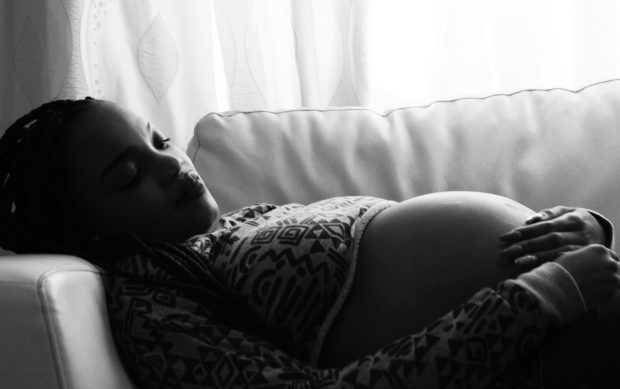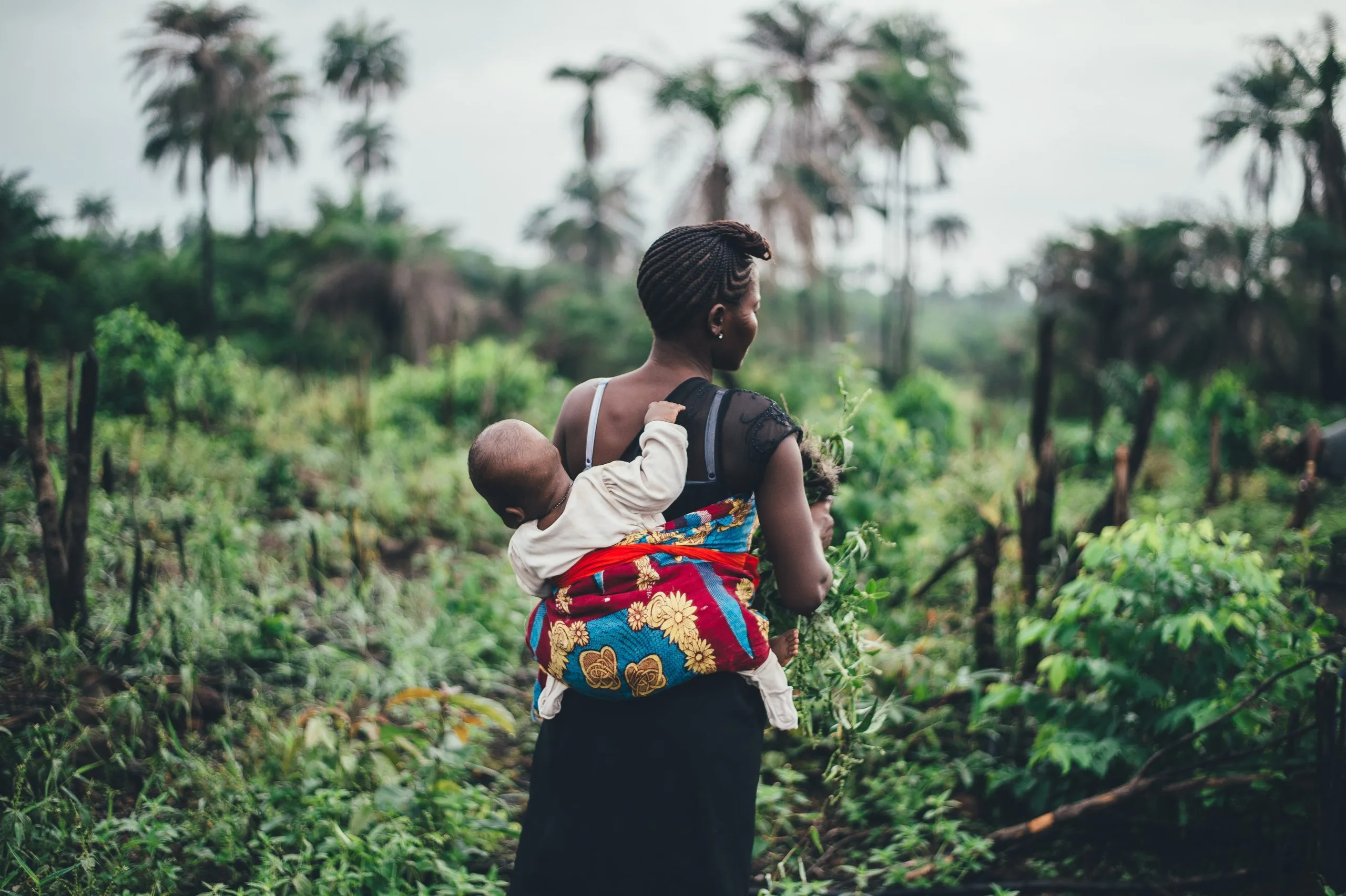According to figures from the World Health Organization, about 4.5 million women and babies die every year. This is either from pregnancy, childbirth, or the first week after birth. This adds up to 1.9 million stillbirths, 2.3 million newborn deaths, and about 290,000 maternal deaths. The rise in these numbers has led to calls to improve maternal and newborn survival. The result? The first biennial International Maternal Newborn Health Conference (IMNHC) which was held in Cape Town, South Africa.
What Is The Conference’s Aim?
The conference aims to highlight global progress on maternal mortality, neonatal mortality, and stillbirth. It was hosted by the South African Government and AlignMNH – a global initiative funded by the Bill and Melinda Gates Foundation in collaboration with the United States Agency for International Development. Global experts who attended the four-day conference were seeking urgent action for the health of mothers and newborns. They aim to do this by leading with evidence, sharing effective implementation strategies, reviewing joint progress, and nurturing collaboration and innovation.
Vision and Goals
The conference’s vision is to “take collective action to ensure mothers and newborns not only survive but thrive.” Their plan is to reconvene every two years until 2030 to track progress toward the Sustainable Development Goals. These targets include:
- Reducing the global maternal mortality rate to lower than 70 per 100,000 live births
- Ending preventable deaths of newborns and children under the age of five
- Reduce neonatal mortality to less than 12 per 1,000 live births in all countries
- Reduce under-five mortality to less than 25 per 1,000 live births in all countries
Along with this, they will also track progress toward the World Health Organization’s 90-90-80-80 target. This target:
- Requires 90% of pregnant women to receive at least four antenatal care visits
- Skilled health workers attend 90% of all births
- 80% of new mothers and babies must receive postnatal care within two days of birth
- 80% of districts across countries must have access to emergency obstetric services and small and sick newborn care.
Wide Range of Health Experts Involved
Health experts from all over the world have called for renewed action to meet these targets. Between May 8 -11, about 1,700 delegates from 96 countries (including 28 official country delegates), participated in over 200 sessions focused on accelerating this progress and fostering solutions for maternal and newborn health.
Will The Targets Actually Be Reached?
New data and goals proposed by the launch of the first-ever joint Every Newborn Action Plan (ENAP) and Ending Preventable Maternal Mortality (EPMM) show that progress in improving survival has stagnated since 2015. Current trajectories of improvement indicate that it is highly unlikely that the 2030 targets will be reached.

Photo by Dexswaggerboy on Unsplash
Maternal Death Complications
Maternal deaths occur due to a range of complications during and following pregnancy and childbirth. Many of these complications develop during pregnancies, with most of them either being preventable or treatable. While some may exist before pregnancy, they can worsen during pregnancy. The complications that cause about 75% of all maternal deaths include:
- Postpartum hemorrhage, which is responsible for about 27% of all maternal deaths
- Hypertensive disorders are responsible for about 13.3% to 15.9% of all maternal deaths
- Infections arising from unsafe abortions, extremely long labor, or unsanitary delivery, infections are responsible for about 11% of all maternal deaths
- Pulmonary Embolism (PE), which is a blood clot in the lungs, can develop after delivery, with the risk being higher with a cesarean section. It is responsible for about 9.2% of all maternal deaths
Other causes include:
- Severe bleeding
- Amniotic fluid embolism
- Cardiomyopathy
- Anesthesia complications
- Cardiovascular conditions
Contributing Factors of Maternal Death
- Age: Girls under the age of 15 are at a high risk of complications, with the risk increasing in women in their late 30s, 40s, and 50s
- Socioeconomic status: According to the WHO, almost 95% of all maternal deaths occurred in low and lower-middle-income countries in 2020
- Gender inequality: Gender equality isn’t a reality for all women, with many countries still denying women financial independence and resources. Countries with higher gender inequality were associated with high maternal mortality ratios as compared with countries with lower gender inequality
Neonatal Death and Its Factors
Recently, Johannesburg’s Chris Hani Baragwanath Hospital maternity ward shared that 909 of 1565 neonatal deaths over the past three years were associated with “avoidable incidents.” Neonatal death occurs when a baby dies within the first 28 days of life. The most common causes include:
- Premature birth
- Birth defects (including heart, lungs, and brain)
- Low birth weight
- Neonatal sepsis
- Problems in pregnancy, including preeclampsia
- Asphyxia
- Issues with the placenta
A Global Matter Requiring Global Attention
Maternal mortality, neonatal mortality, and stillbirth are all matters which need to be prioritized, and this is what the conference aims to do. For more information and to find out what their vision, mission, and objectives are, visit the website.
Read the latest report here.
For additional information on the IMNHC, please contact:
- Ms. Bridget Hartnett
+2015328192
E-mail: [email protected] - Mr. Eric Conrad
+19045044318
E-mail: [email protected]



![women [longevity live]](https://longevitylive.com/wp-content/uploads/2020/01/photo-of-women-walking-down-the-street-1116984-100x100.jpg)










